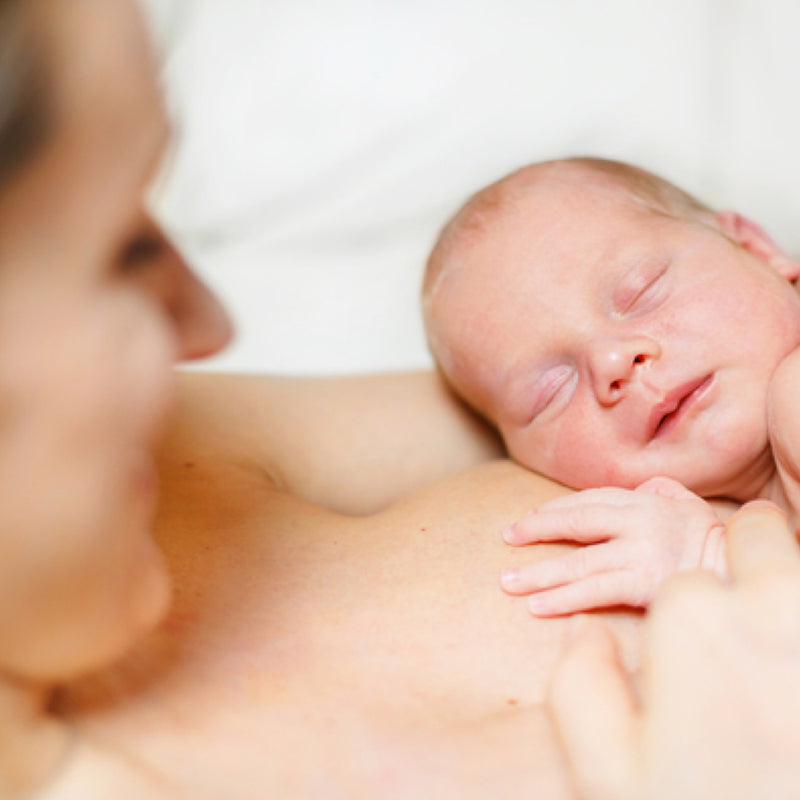Key Points
- Diastasis recti, or abdominal separation, commonly occurs post-pregnancy, particularly after multiple pregnancies
- Postnatal exercise offers numerous benefits, but it's crucial to consult with a doctor before starting any regimen, especially after a C-section
- Avoid crunching exercises, roll to your side when getting up, be cautious with front-loading baby carriers
So baby is born and you’re desperate to get you pre-baby body back! OK maybe not desperate but you appreciate there are loads of positive things about postnatal exercise and you’re ready to go! Before getting too excited it’s really important to get your doctors go-ahead first. Some women are OK to start exercising 4 weeks post birth but if you’ve had a C-section, 8-12 weeks is more commonly the norm – to give your body time to recovery from the surgery. So once you have your doctor’s approval, another important checkpoint is to assess whether you have experienced “diastasis recti” or the more easily pronounced: “abdominal separation”.
The Rectus Abdominus muscles run in two lines underneath the chest - all the way to the pubic bone. These are the muscles that sometimes present as a 6-pack!
In between the two sides of the Rectus Abdominus muscle, there is connective tissue called the Linea Alba. This tissue often becomes darkened during pregnancy and is the point at which the diastasis or splitting can occur to accommodate the growing baby.
Separations are quite common particularly after multiple pregnancies. And it’s important that you choose appropriate exercises to help decrease the severity of the separation. If you do not strengthen the abdominals with safe exercises you may find you experience elevated back pain, have difficultly getting rid of the ‘mummy tummy’ and less common but still likely; you may find your abdominal organs start to press out through the gap causing an abdominal herniation.
There are a couple of things you can do to ensure that you minimise the severity of an abdominal separation:
- Firstly, no crunching exercises as they shorten the Rectus Abdominus and may widen the gap.
- Always roll to your side when you get up from the floor or bed.
- Avoid front loading baby carriers, as the Rectus Abdominus has to work hard to support the weight of the baby.
- And finally, when lifting, always focus on your posture. Ensure that you lift your Pelvic Floor first, draw in you lower abdominals and bend at the knees and hips to keep your back straight while lifting. Also remember to exhale with every effort.
Your health practitioner will be able to check for abdominal separation however; you can also follow these simple steps to check for yourself. If there is any doubt however, do seek advice from a medical professional.
- Lie on your back with the soles of your feet on the floor and your knees bent.
- Place one hand just behind the head supporting your neck and place a finger of the other hand into the belly button, pressing in gently.
- Now, slowly lift your head and shorten your torso as if you are going to do a slow abdominal curl.
- Then run your finger down the middle of your stomach, along the Linea Alba, above and below the belly button from the breastbone (sternum) all the way down to just above the pubic bone.
- You may find you can fit more than one finger in the gap…a finger width opening of one to two fingers is okay but any more than that indicates the need to see a specialist physiotherapist.
What ever state your abs may be in, our postnatal exercise videos have been designed with safe exercises in mind that should not contribute to any further separation. You can find them in our Guide to a Positive Labour and Birth course.
About the Author: Jane Barry - Your Health Content Expert
Jane Barry is a registered nurse, midwife, and child health nurse with a passion for combining clinical expertise and writing. She has nearly 30 years of specialist experience in child health nursing and holds a Bachelor's Degree in Applied Science (Nursing). Jane specialises in women’s health, parenting, pregnancy, babies and maternity care, child health, nutrition, feeding, teething, and dental health issues.
An active member of AHPRA, The Australasian Medical Writer’s Association, Health Writer Hub, and the Australian College of Children and Young People’s Nurses, Jane Barry delivers health content with professionalism and clarity.
Our Products
-
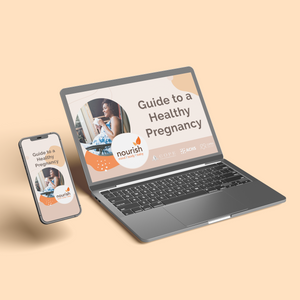
01. Guide to a Healthy Pregnancy
$55 -
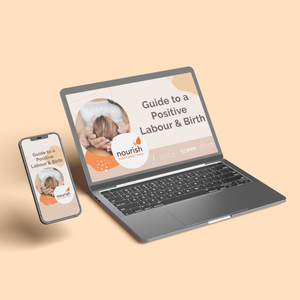
02. Positive Birthing Course
$55 -
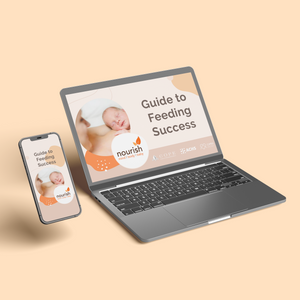
03. Infant Feeding Guide
$55 -
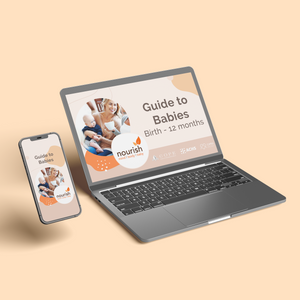
04. Baby Sleep Guide - First 12 Months
$55 -
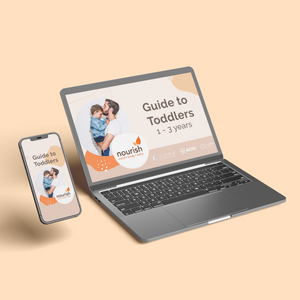
05. Toddler Parenting Course 1 - 3 Years
$55
-
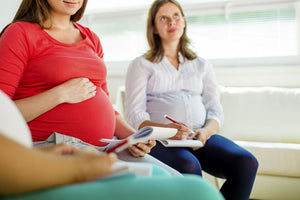 When to Start Antenatal Classes?
When to Start Antenatal Classes?
Becoming a parent is an incredible milestone, but it comes with a host of changes that can be daunting, especially for first time parents. Antenatal classes are all about offering expectant parents the education they need to make informed decisions, look after their bodies and care for their newborn babies. While you probably already have a long list of things you need to accomplish during your pregnancy, it’s a good idea to make time to attend antenatal classes.
-
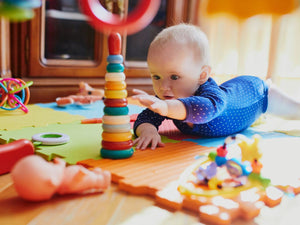 Development Milestones 4-8 Months
Development Milestones 4-8 Months
As they reach the middle of their first year, you'll start to see bigger leaps in their growth and ability!
In this article, we’re going to discuss your baby’s developmental milestones between 4-8 months, and what you can expect along the way.





 When to Start Antenatal Classes?
When to Start Antenatal Classes?
 Development Milestones 4-8 Months
Development Milestones 4-8 Months



